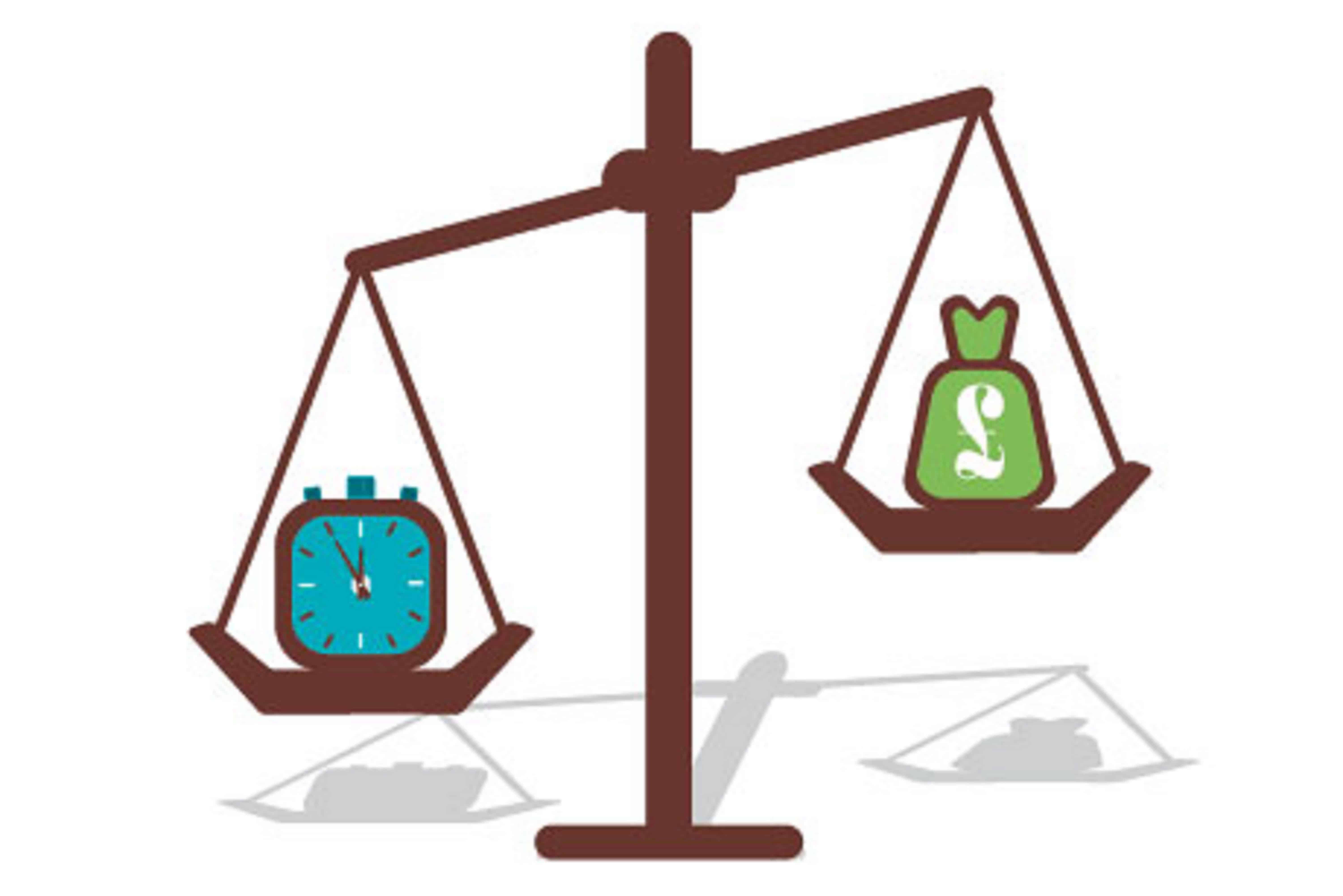
Underpricing: How Charging the Wrong Price Is Destroying Your Business? 🏢
Are you considering underpricing some new products to gain market share and about to launch them? How did you set the invoice price? Was it based on margin targeting or a simple cost plus mark up? Have you gone low on retail markdown strategy to penetrate the market, assuming that it’ll be easy to increase prices at a later date?
>Download Now: Free PDF Future Proof Your Pricing Strategy
According to the latest price research, it is very common for both manufacturers and retailers to underprice new products using cost-based pricing methods. Over 80 to 90 per cent of all poorly chosen prices are too low. Many retailers believe that underselling a new product is the best way to promote the product and drive volume.
The fatal assumption here is that it’s easy to move prices up at a later date – i.e., when you’ve won market share. This is not true.
In fact, it’s incredibly difficult, if not impossible, to just move prices up without any pain or disruption to the market. Once you revealed your prices to the public, you’ve anchored your value with your published price point. It’s incredibly difficult to increase prices from a low starting position.
Yes, you can increase prices easily in a spreadsheet model, but no, you can’t do this to your customers. They’ll have something to say about it…And generally, it won’t be nice…
Customers are more price-savvy than ever before. They keep track of your prices and refer to websites that keep track of your prices. What’s more, they’ll feel like you are ripping them off if you start increasing prices. And yes, they will remember that the initial price was lower and is going up over time.
Customers remember price increases – some even document and track your prices. What’s more, many customers will stop buying the product from you if they suspect limited price transparency in your pricing strategy.
On top of this, you’ll probably regret underpricing your new products, too. You will find out that it’s really very difficult to recoup any profit loss as a result of serial underpricing new products in the market.
In this article, we will discuss the perils of underpricing. We will provide you with reasons why charging the wrong price for your products and services could destroy your business.
What is serial underpricing?
The definition of serial underpricing is when the price for a new product or service is much lower than its perceived and tangible value. Using this tactic could undermine the brand image of your products. Your customers may begin to question the quality of your product; some may even suspect that there’s a hidden defect or problem with the product and extrapolate that this is the reason why the price is so low.
Usually, serial underpricing starts out with good intentions, but it can quickly get out of control. Sellers use underpricing as marketing strategies for the retail business to stifle the competition or gain market share. But in the consumers’ minds, they’re probably thinking the product is cheap because it is of inferior quality which will damage your brand. Indeed, some consumers may recognise that you’re keeping prices too low to only raise prices at a later date. For instance, if you saw a brand new MacBook for $100, wouldn’t you ask yourself, what’s the catch here? Why is it so cheap?
A world-class pricing team can determine the right price for your products and remove the speculation of underpricing or price transparency issues.

The Elements of Retail Strategy That Pricing Team Can Use
Consumers have one goal in mind when buying items; they want to feel they’ve got a good deal – not just a low price or cheap product, a product that’s of value to them and for a price they think is fair.
In terms of pricing, it is the pricing team’s job to find the exact price that would satisfy the buyers’ expectations while balancing the company’s expectations on volume and margin.
Simply stated, they’d carefully assess the market, customer base product portfolio and adjust prices accordingly. This doesn’t mean increase prices across the board. No, it means carefully adjusting prices across the portfolio so that you don’t lose your hard-earned customers, volume, revenue and margin.
A pricing team is an asset because they’d give you the confidence that you’re not either overpricing new products and disrupting your customer base or underpricing a product and starting a price war.
You probably have dealings with price-sensitive customers, many of whom try to second guess your pricing strategy.
It can be difficult sometimes to know how much to price your products or services. But underpricing or charging the wrong price for your products and services could destroy your business.
Here’s why:
-
Underpricing leaves you no room to negotiate
But as detrimental to the business as having prices considered too high might be, there’s something potentially far worse — underpricing your products and services. Underpricing gives you no wiggle room to negotiate. You’ve got no bargaining power to adjust your price. There is only one price and that’s it.
-
Customers will think your products are sub-par
Mostly, people pay for value and not for the price. They want features and benefit, yes, but they are buying your products because it’s going to fix a problem for them. No one wants to buy a hand drill that’s going to break in the first 5 minutes of using it. You’re left with lots of stuff to fix in the house and no tools! Sometimes a product that is priced too low sends a message to the customer that the product is not good enough to do the job they need it to do. They’ll quickly buy a more expensive hand drill from a known brand at a higher price because they believe the extra price premium is going to make their lives much easier.
-
You’ll divert attention away from quality customers
Ever notice that low-paying customers are more demanding than other customers? They always want to know if it has a warranty; they complain frequently or haggle to get the price lower. The time spent haggling or persuading the wrong customers to buy from you could be used to attract better clients who understand your brand, price positioning and who are willing to pay now, and who are also willing to be educated on your product area and buying from you in the future.
-
You’re going to need an attitude adjustment
If you continue to underprice your products or services, you’re going to feel resentment towards your work or selling the products. Running a business is challenging enough without you being underpaid or overworked. Also, undercharging your products could put a damper on your enthusiasm to continue the business.
-
Think carefully before slashing your price
How will it affect your business if you decide to lower your price? At first, it will gain more market share but in the end, the customers don’t appreciate it. They will also demand more discounts in the future. Discounting off low base prices only leads to substantial margin loss.
Remember, even though you might land the sale, underpricing your products and services comes at a cost. One thing’s for sure, there’s no one-size-fits-all price formula. A world-class pricing team will work on the price-value equation for your business; in that way, you can make more revenue and margin. Pricing is both an art and a science. A high performing pricing team can work the two paradigms to create a robust price-setting formula, strategy and price policy.
As the saying goes: “You get what you pay for.” Likewise, when you’re working on your pricing, you need to work to push your pricing to the equilibrium where customers truly value your offering. People don’t buy products because of the actual value of the products; they buy it because the price of the product nearly matches their perceived value of the product and solve their immediate problems (i.e., it gives them a solution to their pain).
Implications
- Underpricing your products devalues your products in an instant. People will wonder why it is priced so low. They might think it’s not worth their money. This will lead to price trust issues.
- You will lose profits from underpricing your products. The goal of any business is to drive profitable revenue growth from smart buying, smart selling and smart pricing. Underpricing is the opposite of that.
- Underpricing could mean removing a product that is not making any profits. Product rationalisation products that are at the end of their product life cycle will indicate to customers that your pricing strategy is current, fair and relevant to them.
- Take lots of care when formulating your RRPs. Don’t just assume low prices are the best price policy across the board. Neither you nor your customers really want to deal with the pain and headache of a crude and often unhelpful pricing policy.
〉〉〉 Get Your FREE Pricing Audit 〉〉〉
Conclusion
- Underpricing is not the best way to introduce your products. You need to find a balance between customer price perception and internal profit goals.
- People will think the product has no value and is even poor quality when they see a low price. The phrase “you get what you paid for” is applied here.
- Underpricing can damage your brand. Once your brand is perceived in a certain way, it’s challenging to change that opinion and change your price positioning.
- Customers are actually less concerned with the cost of a product than you think. They’re more interested in the benefits and value they can get from your product or service. In many ways, customers only ask for discounts because your pricing and retail sales promotion strategies are reminding them to ask for them. It’s time to get a pricing team to find the proper price for your products. Let’s make 2021 the year we stop underselling ourselves when we really don’t need to.
For a comprehensive view and marketing research on integrating a high-performing capability team in your company,
Download a complimentary whitepaper on How To Maximise Margins.
Are you a business in need of help to align your pricing strategy, people and operations to deliver an immediate impact on profit?
If so, please call (+61) 2 9000 1115.
You can also email us at team@taylorwells.com.au if you have any further questions.
Make your pricing world-class!
Related Posts
Leave a Reply Cancel reply
Categories
- marketing strategy (26)
- Organisational Design (14)
- Podcast (114)
- Pricing Capability (87)
- Pricing Career Advice (10)
- Pricing Recruitment (19)
- Pricing Strategy (291)
- Pricing Team Skills (13)
- Pricing Teams & Culture (25)
- Pricing Transformation (47)
- Revenue Model (25)
- Sales Effectiveness (27)
- Talent Management (7)
- Technical Pricing Skills (35)






